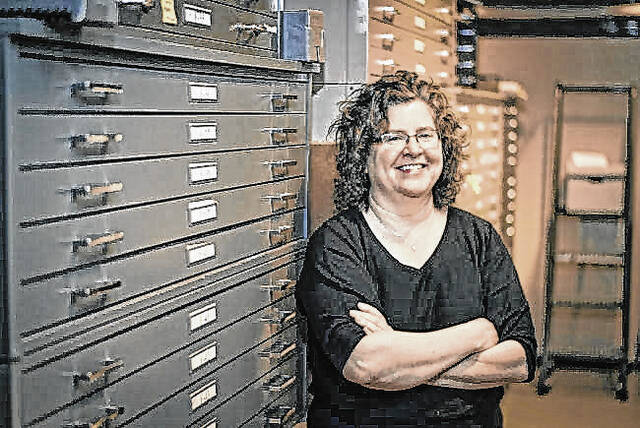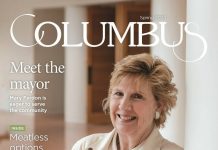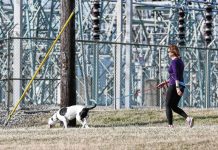Inside my sugar canister is a ¾-cup measure made from a tin can. A loop handle just large enough for my index finger has been soldered to the cup’s side.
My great-grandfather made the unusual-sized measuring cup for my maternal grandmother, and, in time, this utilitarian object became my mother’s. She kept it in her sugar canister.
This little can accrued meaning in the everyday as we used it to re-fill the sugar bowl. And it took on meaning in special family gatherings when my father’s aunt came to visit and taught us to bake cookies. Now, whenever I fill that tin can with sugar, I retrace these memory lines to my family’s past.
Our lives are filled with stuff. Working in the Columbus Indiana Architectural Archives, I am surrounded by stuff. As a cultural anthropology student, I read “Biographical Objects” by Janet Hoskins. She lived with the Kodi people on the Indonesian island of Sumba.
The book presents the biographies of several men and woman who used an everyday object to tell their life story. Now, more than 20 years since I read the book, I do not remember Hoskins’ analysis of how Kodi storytelling is distinctive. What I do remember is the revelation of the storytelling power of objects. (You can request “Biographical Objects” via interlibrary loan since it is not in the library’s collection.)
Recent efforts to remove or recontextualize Confederate monuments speak directly to the power of objects to tell a story. The conflict over Confederate monuments is what story or whose story do the monuments tell. In “Smashing Statues”, Erin L. Thompson provides the historical context of erecting Confederate monuments and considers the role of public monuments in American life.
You might enjoy Richard Kurin’s “The Smithsonian’s History of America in 101 Objects” if you have a general interest in history. What draws me to this book is it has the familiar feel of being in a museum. I set my own path through the book, glancing at some artifacts and closely examining others.
The object comes before the story, and the story makes me consider the object more closely. The library has several history-through-objects books on a variety of subjects including Henry VIII, space exploration, and crime.
If you are curious about the human penchant for storytelling, you might want to take a look at Jonathan Gottschall’s “The Storytelling Animal.” According to him, storytelling ensures our very survival, allowing us to make sense of our world. To support these claims, he looks to neuroscience and evolutionary biology. When I first spotted this book on the shelf, I was reminded of the now-disproven claim that only humans make tools. Is Gottschall connecting our objects to our stories? I have only just begun reading this, but I suspect Gottschall may understand my ¾-cup measure and the stories I tell.





